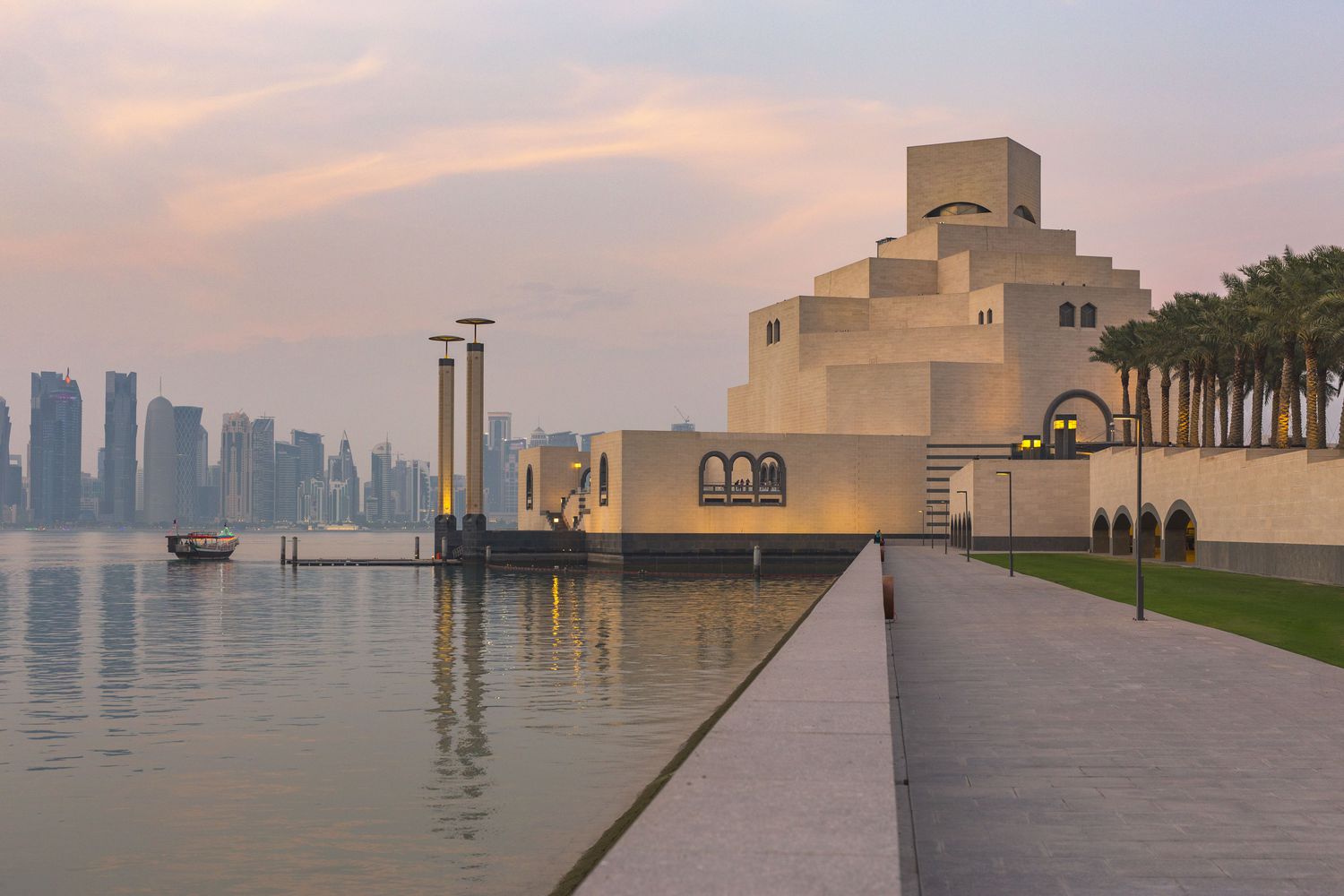The second edition of the Islamic Arts Biennale will kick off in January 2025 in the Saudi city of Jeddah.
Qatar Museums (QM) have confirmed their participation in the second Islamic Arts Biennale 2025 in Jeddah, an event that represents a distinctive platform that highlights the rich heritage of Islamic art.
Qatar’s Museum of Islamic Art (MIA) will lend the Biennale eight pieces, which will be displayed in the AlMadar (the orbit) section.
Shaika al-Nassr, the director of MIA, said that the museum’s participation reflects its ongoing commitment to cultural exchange and the promotion of Islamic art on the global stage.
“We are honoured to participate in the Islamic Arts Biennale 2025 in Jeddah,” she said. “This prestigious event offers a unique platform to showcase the diverse heritage of Islamic art.”
“We are excited to share these remarkable pieces from the Museum of Islamic Art collection, which exemplify the rich heritage and artistic innovation of the Islamic world,” she added.
The contribution from MIA will feature pieces exhibiting mathematical and numerical influence in Islamic art, thus falling under the theme “Numbers”.
Qatar Museums, National Museum of China forge ‘new chapter’ in cultural collaboration
The Islamic Arts Biennale, which will take place from January 25 to May 25, is set to be the first and only exhibition of its kind that will be dedicated exclusively to the arts of Islamic civilisation.
Under the theme “And all that is in between”, which explores how faith is expressed and experienced through thoughts, feelings and creations, the event will feature a remarkable array of both historic and contemporary works.
The Biennale, organised by the Diriyah Biennale Foundation, will see the participation of more than 30 global institutions and will see contributions from the Louvre museum in Paris and London’s Victoria and Albert Museum.
It will be held at the Western Hajj Terminal in the King Abdulaziz International Airport in Jeddah.
During the first edition of the Islamic Arts Biennale in 2023, Qatar Museums contributed four pieces.







